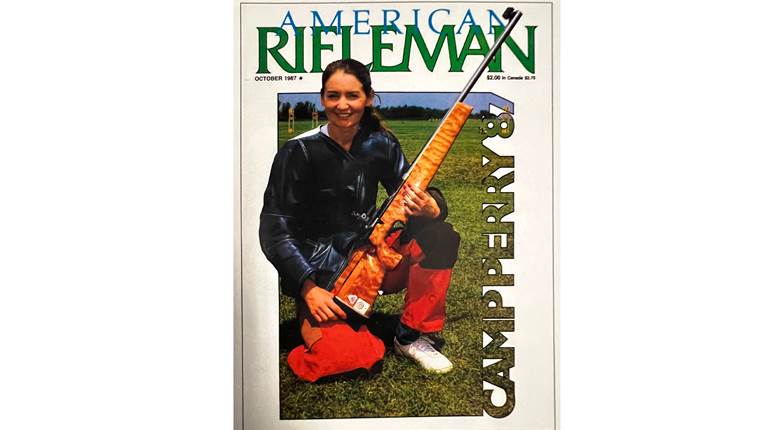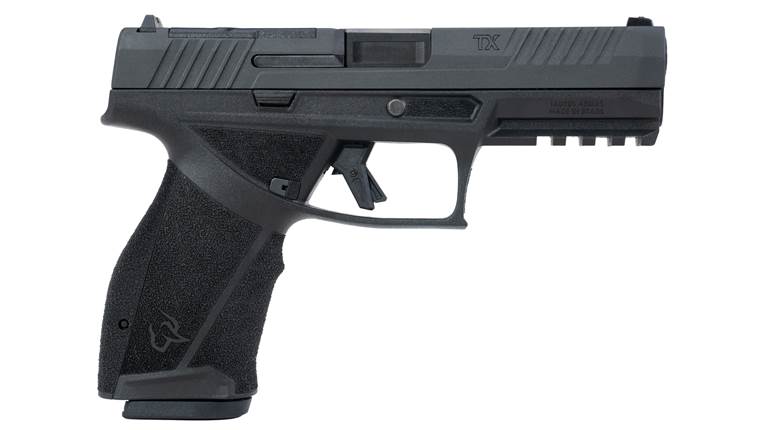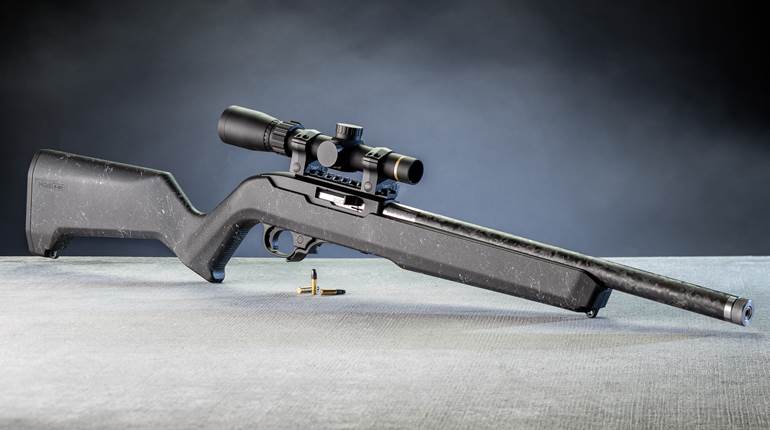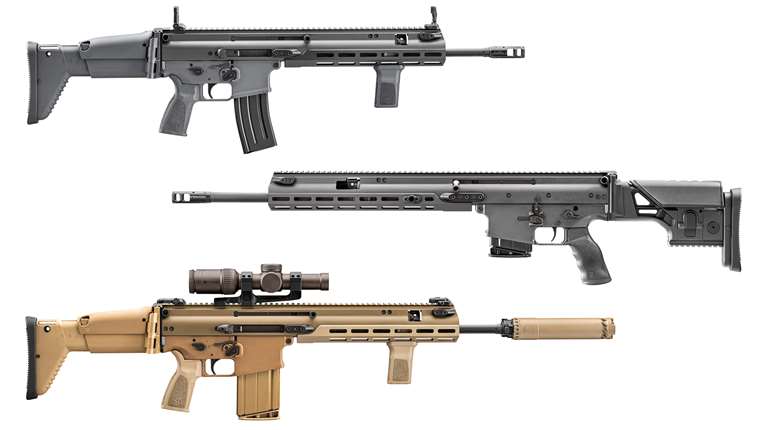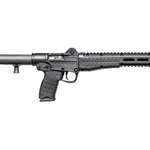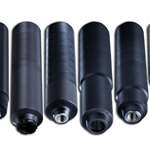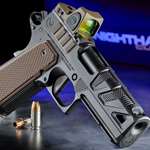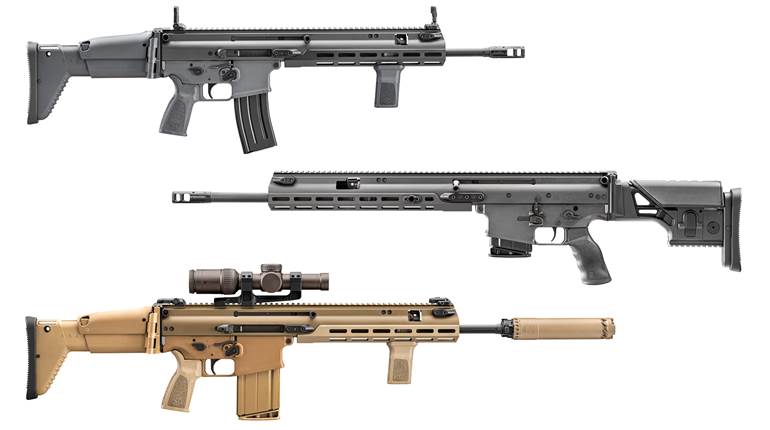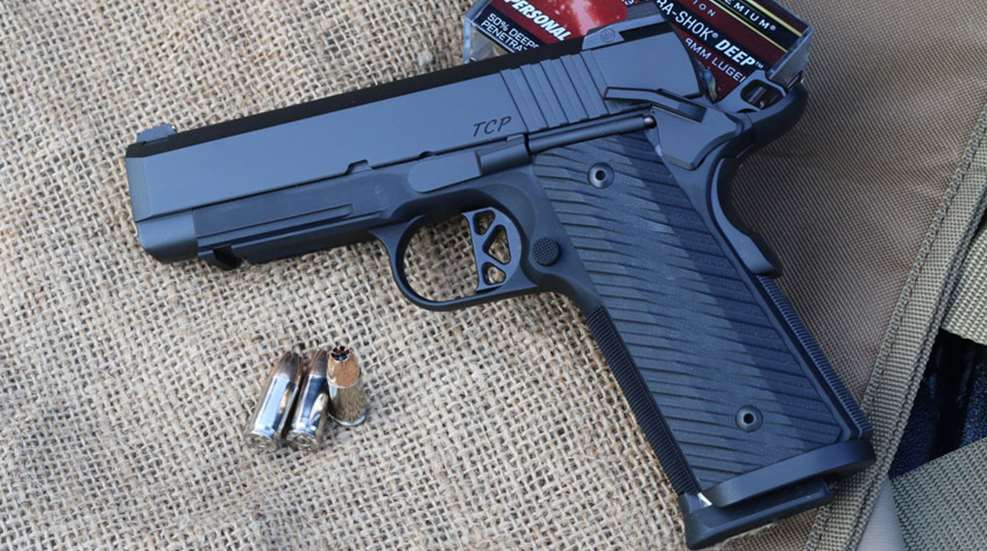
The 9 mm 1911 pistol has been trending strongly in the last few years, with numerous models coming onto market and garnering interest. There are some great reasons for the uptick in 9 mm 1911 activity, which is a story worth its own treatment. At hand is one of the most recent arrivals in Dan Wesson’s TCP, the business-like shorthand for Tactical Carry Pistol.
The TCP is a Commander-style 1911, a full-size “Government” length frame mated to a shorter slide and barrel. In the case of the TCP, the bushing-less heavy barrel is 4" as opposed to the 4¼” on Commanders using a traditional weight barrel and bushing. The Dan Wesson makes use of an alloy frame, incorporating a light rail, cutting the weight to 32 ozs. empty. The slide’s top has a distinctive “tri-top” shape that blends with the blacked-out coloration and a few other styling cues to give the model a serious modern flair. The TCP comes in both .45 ACP and 9 mm Luger, with the 9 mm tested here shipping with two 10-round magazines.
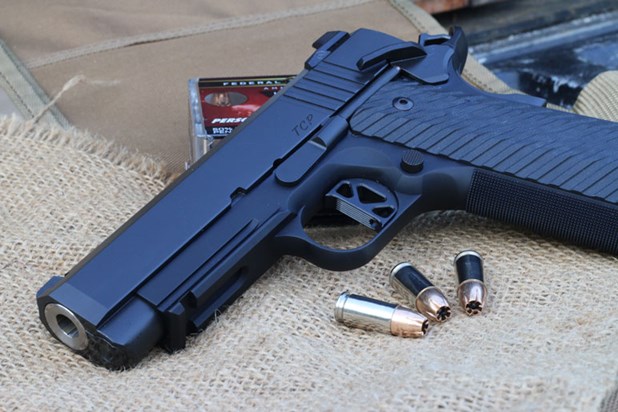
The TCP bundles a number of performance related features: a 25 line-per-inch checkered frontstrap, a magwell, a flat-faced trigger, and a brass bead front sight mated to a U notch rear. The stock panels are a unique trapezoidal shaped set of G10 that are thinner than normal with a grooved pattern cut for traction without abrading clothes or skin in routine carry.
The flat-faced trigger broke cleanly and crisply after some takeup at 4.6 lbs. of total resistance with the weight at the break point measuring 3.7 lbs. The trigger is particularly nice, bridging that gap between being light enough to enable great shooting and having just enough weight and takeup to be suitable for use under stress. The break was crisp even when compared to better 1911s and a standout feature.
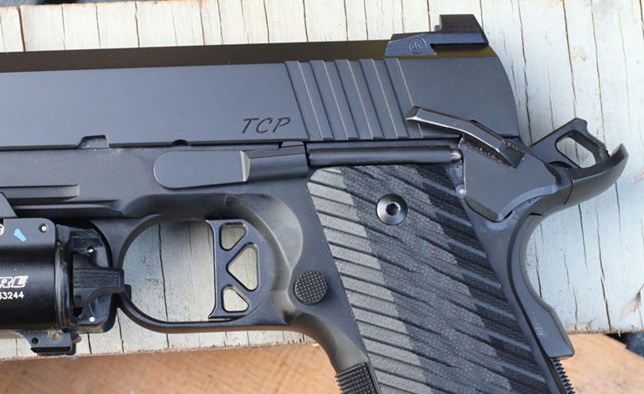
One of the reasons I was interested in evaluating the TCP was that last year I had fired extensively Dan Wesson’s Valor 9 mm and found it to be remarkably accurate, both in its ability to knot up small groups with good ammo but also with a noteworthy consistency across different load types and brands. The TCP lived up to the expectation that the Valor had created.
The table shows the numbers, which are noteworthy considering their average of only 1.43”. Also worth noting is the consistency: Thirteen of the 15 five-shot groups measured 1.5” or less at 25 yards. Along with the premium defensive or match ammo fired for accuracy I also fired one representative group with the bulk Federal 100 round boxed aluminum range ammo found at big box stores and the TCP clustered four holes into just over an inch group with a lone flier that was likely the fault of my shooting.

The single-stack 9 mm shot so well that it encouraged me to push it, and myself, on more demanding shots. Once I had a sense of where the sights were regulated at different yard lines, I was able to harness the features of the pistol and get some great hits. One of my standard targets is a little 3” x 6” steel rectangle that is just a little longer than the common index card. I call it my “truth teller.” Past about 15 yards, hitting the "truth teller" requires a solid combination of handgun and load with good precision, knowledge of the zero and diligent application of good technique. At a step or so past 20 yards I was able to push the TCP out at aggressive speed and rattle the truth teller on its hook just as the brass bead centered on it. This shot can require considerable refinement with some pistols depending on the quality of their sight picture and trigger break, but it was a high confidence shot that I could lean into with the TCP.
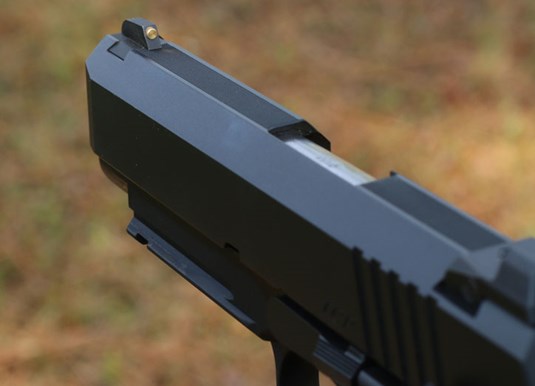
When a pistol is shooting rather well I'll often work the "truth teller" out at 40 and 50 yards; not because that level of precision is needed or expected from a defensive handgun, but simply because I enjoy the challenge and it shows what the pistol can really do. By the end of my fourth range trip with the blacked-out Dan Wesson, I was able to consistently flatten lead on the small plate, with my best efforts yielding two strings of five for fives. My sense when taking on difficult shots with the TCP was that the combination of the flat-faced trigger and the heavier bull barrel worked well in concert with one another. The extra barrel mass seemed to help steady the sights, while the flat faced trigger seemed to aid in breaking shots with minimal lateral movement.
Moving to more practical 8” steel plates, I ran the TCP through a series of simple drills that I shoot most everything through to compare performance. One drill that quickly establishes the practical handling qualities of a pistol is to press the pistol out from a ready position and hit two of the 8” plates on the rack at 10 yards. Ten yards to an 8” target is a moderately difficult shot when fired at maximum speed. The time to quickly push the handgun onto and break a shot into the first plate, then recover the sights onto the second plate and press the next shot, is a quick gauge of how well a particular pistol handles, shoots and recovers at speed.
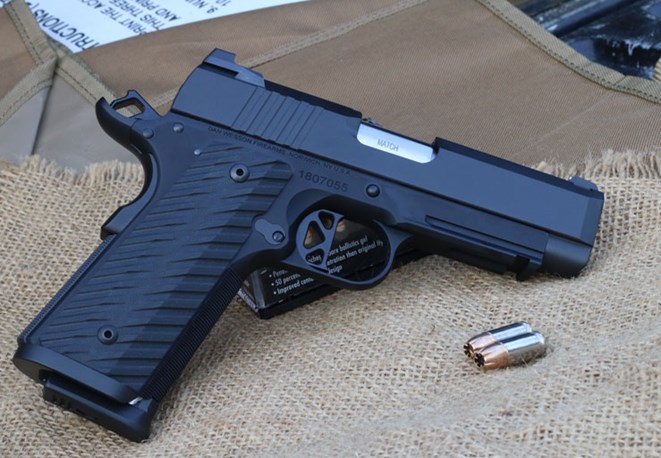
My best runs with the TCP approached the max speed I am capable of at this time, while my average speed was about 15 percent faster than with most of the popular striker-fired semi-automatics. This performance edge held up in full six plate runs as well, with my fastest run on six plates edging just past my previous personal best.
I fired a little more than 1175 rounds through the TCP in several weeks of shooting, cleaning the pistol once at about 450 rounds and oiling the contact surfaces on each range trip. The pistol fed and cycled smoothly throughout with no issues. The TCP exhibits a close fit, the pistol locking up firmly enough to suggest there is fitting involved, and the tolerances feeling quite close compared to most production 1911s. The action, while fine from the start, did become noticeably silkier to cycle after about 700 rounds. It i at that point where a 1911 fan would cycle the slide in examination and nod in deep approval at its slickness.
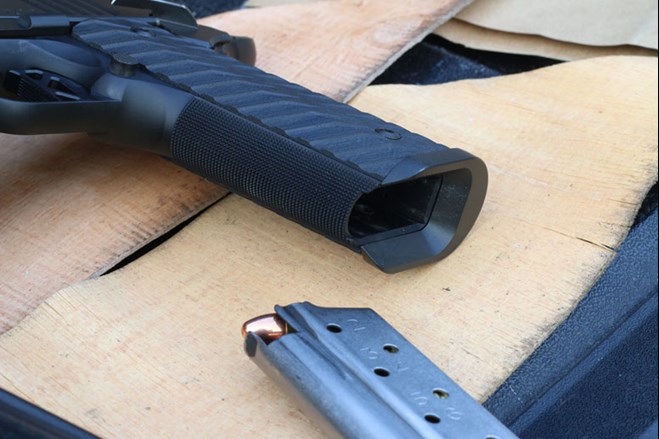
I had two criticisms with the TCP, both related to the thumb safety. The more severe complaint was that the safety was overly stiff, requiring pretty deliberate directional pressure to disengage—more so than I would like on a carry pistol. This is a relatively straightforward item to correct at the user level, with some gentle reshaping of the part where it interacts with the safety plunger. The second issue with the safety was that the part had relatively hard edges which, combined with the stiffness, led to some discomfort in long range sessions. One of the features that stands out on Dan Wesson 1911s is how well they blend all of the edges on the pistols, maintaining crisp lines with an almost custom level of blending/dehorning. The hard edges on the thumb safety were an exception to this and somewhat of a surprise. A few strokes with a fine India stone around the extended shelf of the safety resolved the issue.
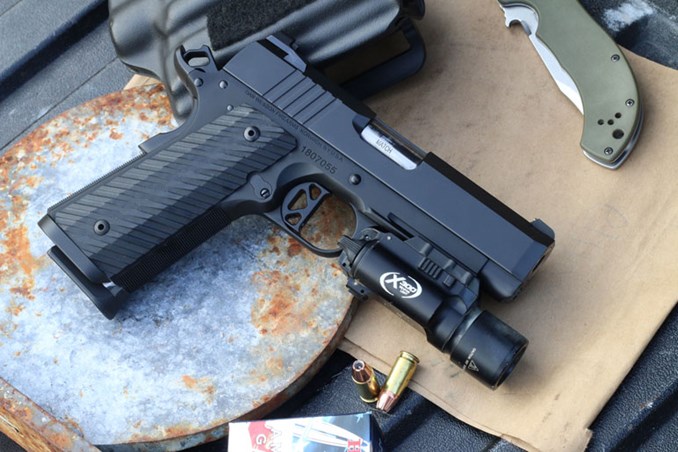
A midsize aluminum-frame 1911 is somewhat of a bridge between the 1911 and other designs. The TCP is lightweight and compact only in relation to a full-size 1911, being about as large as most service pistols (albeit thinner), and about as heavy as a Beretta 92 or SIG P226. However, related strictly to its full-length steel 1911 counterpart, the TCP shoots remarkably close to the heavy pistol while carrying considerably easier. In fact, the TCP with a mounted weapons light is still lighter than a steel 1911, and that extra weight dampens already negligible recoil even further.
There are a dizzying number of options in the 1911 world right now, with solid options at every price point from more and more makers. Whether due to its list of performance features, its distinctive appearance, its build quality or its accuracy, the TCP has achieved something increasingly difficult in today’s handgun market: It stands out.
Dan Wesson 1911s sit in an interesting place in the market. The sticker price—approximately $1,700—tends to all between that of the higher-end American made factory offerings and the semi-custom 1911 houses. However, the overall quality, mix of features, and performance represent value for its price.












